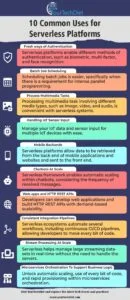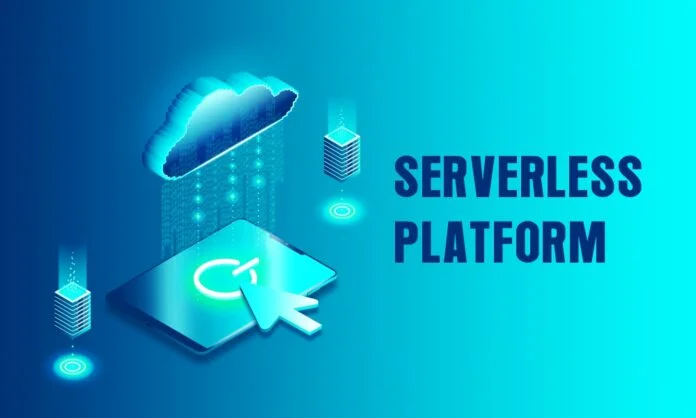Serverless architectures offer flexible and adaptable environments for software development. It is typically a cloud-native software development model that enables developers to design and run software without taking on the load of managing servers. Nevertheless, the term ‘serverless’ does not mean operating entirely without servers, but functioning based on remote servers. It is a highly scalable method that supports developers from planning to deployment.
Experts believe that the global industry of serverless architecture will be approximately $17 billion in 2025. The valuation will doubtlessly go beyond $124 billion by 2023. Amazon Web Services (AWS), Microsoft Azure, and Google Cloud are the leading providers of serverless platforms. Let us explore the top 10 uses of serverless platforms.

Serverless platforms can assist in managing several activities at a time, such as batch job scheduling, mobile backend management, microservice orchestration, processing multimedia tasks, and more.
Visit YourTechDiet and learn more about serverless systems and their advantages!
Recommended For You:

